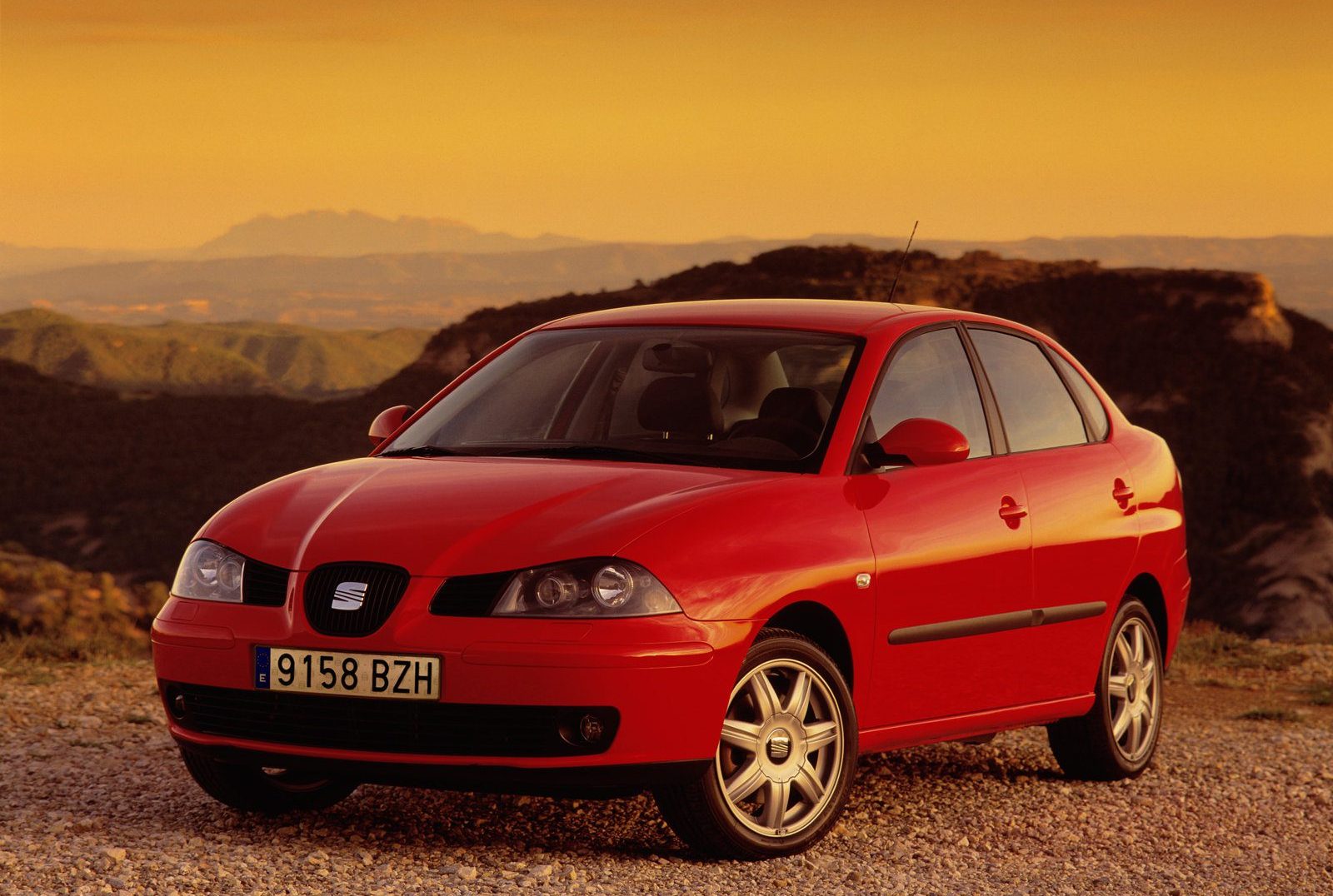Seat Cordoba
The Seat Cordoba was withdrawn from the market in 2009 without a direct successor. These statistics include sales of the Seat Cordoba compact sedan from 2000-2009, and exclude sales of the Seat Ibiza compact hatchback.
Seat Cordoba Overview
The SEAT Córdoba was an automobile produced by the Spanish car company SEAT between 1993 and 2009. It was the saloon, estate, and coupe version of the SEAT Ibiza, a supermini which has been in production since 1984.
Introduced in 1993, it was based on the Volkswagen Group’s A03 platform, which was shared with the second-generation Volkswagen Polo and SEAT Ibiza. It was initially available as a four-door saloon, and the range expanded with the introduction of a two-door coupé (Córdoba SX) and later a five-door estate (Córdoba Vario). Engine options included a range of petrol and diesel options, borrowed from the Volkswagen Group’s catalog. The lineup also included sporty variants like the 16-valve or the GTi.
The second generation arrived in 2002 and was based on the Volkswagen Group’s A04 platform, which was shared with the fourth-generation Polo and the third-generation Ibiza. Only the saloon and estate (Córdoba Vario) versions were continued in this generation. The coupe version was discontinued. The second generation had a more contemporary design, with styling cues borrowed from its sibling, the Ibiza. Again, a variety of petrol and diesel engines were available, but there was a greater emphasis on efficiency and technology in this generation.
Seat Cordoba Sales Figures
Over the years, the Córdoba was a popular choice in many markets due to its affordability, practicality, and the reputation of the Volkswagen Group’s engineering. However, by the late 2000s, demand for small saloons decreased in Europe, leading to the discontinuation of the Córdoba in 2009.
Seat Cordoba Europe Sales Data & Charts
Europe Annual Sales
| Year | Sales Units |
|---|---|
| 1997 | 72,696 |
| 1998 | 83,862 |
| 1999 | 92,317 |
| 2000 | 82,590 |
| 2001 | 63,644 |
| 2002 | 45,054 |
| 2003 | 41,572 |
| 2004 | 42,101 |
| 2005 | 32,848 |
| 2006 | 21,931 |
| 2007 | 20,322 |
| 2008 | 12,391 |
| 2009 | 5,233 |









